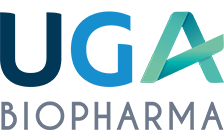FAQ
Answers to the most frequently asked questions
Biologics are drugs that are made with the help of living organisms, for example human or animal cells (e.g. CHO cells), bacteria, yeasts, fungi, or parts of organisms. In contrast to chemically synthesized drugs, biologics are created using biological processes in cells or organisms. As biologics can be specifically targeted at certain molecules and/or cells in the body, they are often very effective in the treatment of conditions involving complex biological mechanisms, such as cancer, autoimmune diseases and metabolic disorders.
Biosimilars are biological drugs that are developed to work similarly to biologics already available on the market. They are insofar comparable with generics for chemical drugs, but since biological drugs are produced by living cells and are much more complex, there may be slight differences between the original drug and a biosimilar, even when the manufacturing process used is essentially identical. Biosimilars must therefore be subjected to comprehensive testing before being approved for sale to ensure that they have the same therapeutic efficacy as the original drug has, and are just as safe. In many countries, biosimilars also need to undergo an authorization process before they can be sold.
A cell line is a group of cells that is obtained from one single cell that can divide indefinitely, creating a stable cell culture. Cell lines are often used in research and in the industrial production of biological products such as vaccines, antibodies, and enzymes. They are usually cultivated in a laboratory and maintained in special culture media containing all the necessary nutrients and properties to support growth and replication of the cells. Cell lines are an important instrument in the industrial production of biological drugs, as they offer a stable and reproducible source of cells.
In contrast to cell lines that first need to be established, cultivated, and tested in a laboratory, R2U cell lines at UGA Biopharma have already undergone this process and can be used straight away for any planned testing or molecule production. R2U cell lines are especially useful where fast and reliable results are required. Our R2U cell lines have been developed to express high-quality target molecules demonstrating a high analytical biosimilarity to commercial biologics. They allow partner firms to get started quickly in biosimilar development for their own production.
CHO cells are derived from ovaries of the Chinese hamster (Cricetulus griseus). These cells are used extensively in biomedical research and in industrial biotechnology, as they have excellent properties for the production of monoclonal antibodies and recombinant proteins. They are able to produce proteins with complex glycosylations and posttranslational modifications (PTM) similar to those in humans. An additional benefit is that CHO cell growth and viability are easy to achieve in large-scale bioprocesses under defined conditions. This makes them ideal for GMP-compliant protein production processes.
Monoclonal antibodies (mAbs) are antibodies produced by a single clone, i.e. the descendants of one single cell, and thus recognize and bind the same epitope on a specific antigen.
Monoclonal antibodies are used in diagnosis, treatment and research, and are very effective in treating certain types of cancer, autoimmune disease, and infection.
Recombinant proteins are biotechnologically produced proteins, made using genetically modified organisms.
In contrast to shaker flasks, bioreactors allow a range of process parameters to be actively regulat-ed, such as the pH value or the concentration of dissolved oxygen. In addition to ensuring exact controls, this also facilitates targeted process optimization to improve culture performance.
Processes can be optimized by adjusting any variable critical process parameters, such as media, feed strategy, inoculation density, temperature, pH value, dissolved oxygen, and stirring speed.
The productivity of a cultivation process is usually assessed by looking at the final product concen-tration. Another important parameter is cell-specific productivity (qP), which is given in terms of the product amount formed (in picogram; pg) per cell and day (pg/cell/day).
The fed-batch process is a method of cultivating microorganisms where additional culture medium is added during the cultivation process. The term fed-batch refers to the fact that nutrients are ‘fed in’ incrementally.
By contrast, batch cultivation is a method where all nutrients are added at the start of the cultiva-tion process and so the process is carried out to the end without adding any other nutrients.
Perfusion is a continuous cultivation method where the medium is channeled through the bioreac-tor on an ongoing basis. In this process, the cells are either held back in the reactor or reintroduced to the cycle. The cell culture supernatant, which contains the product, is collected and can be pro-cessed straight away. This ensures a constant supply of nutrients and allows the cultivation process to be continued over long periods of time. This method is particularly well suited to sensitive prod-ucts whose properties could otherwise change during a lengthy cultivation process in the bioreactor.



